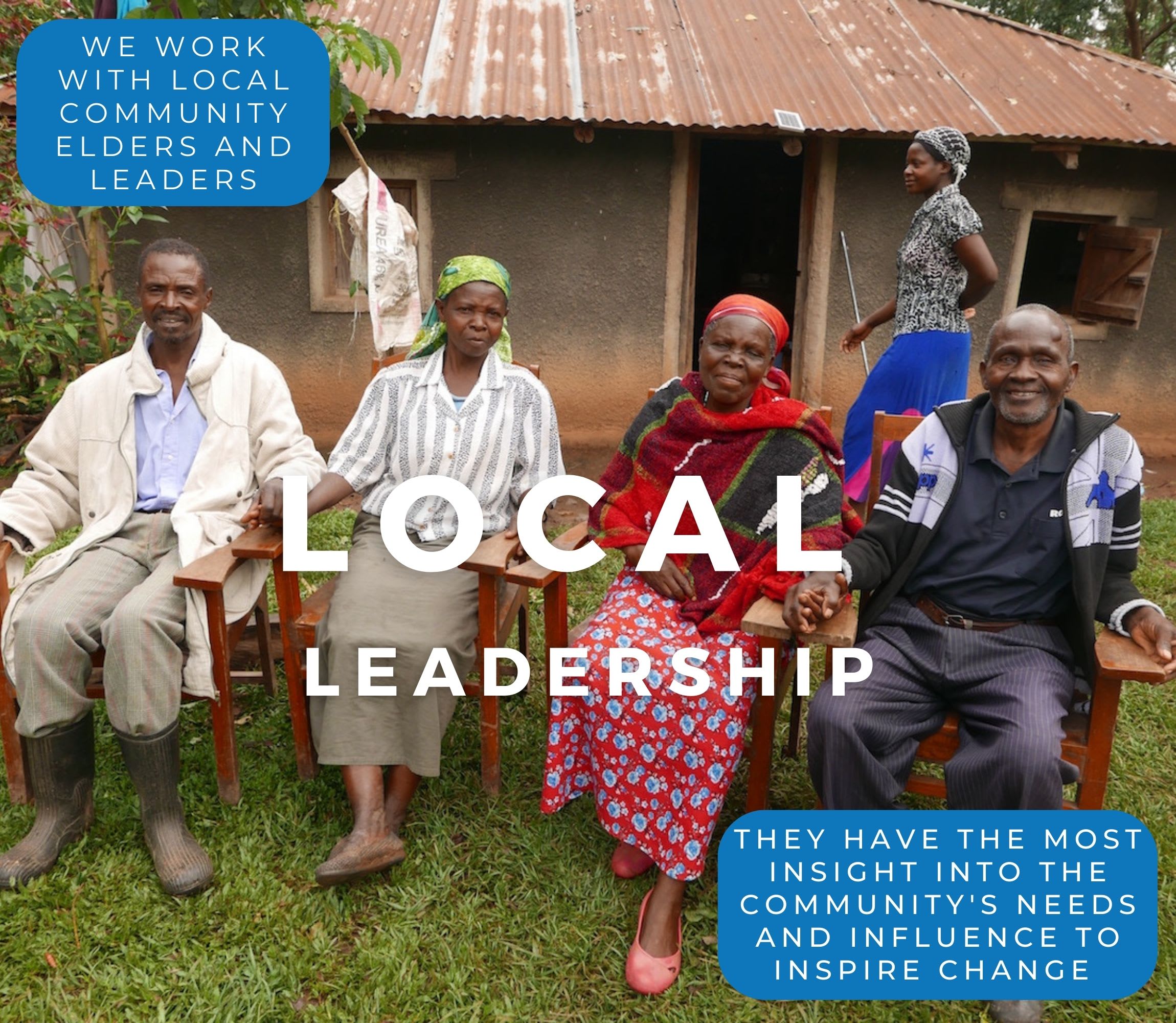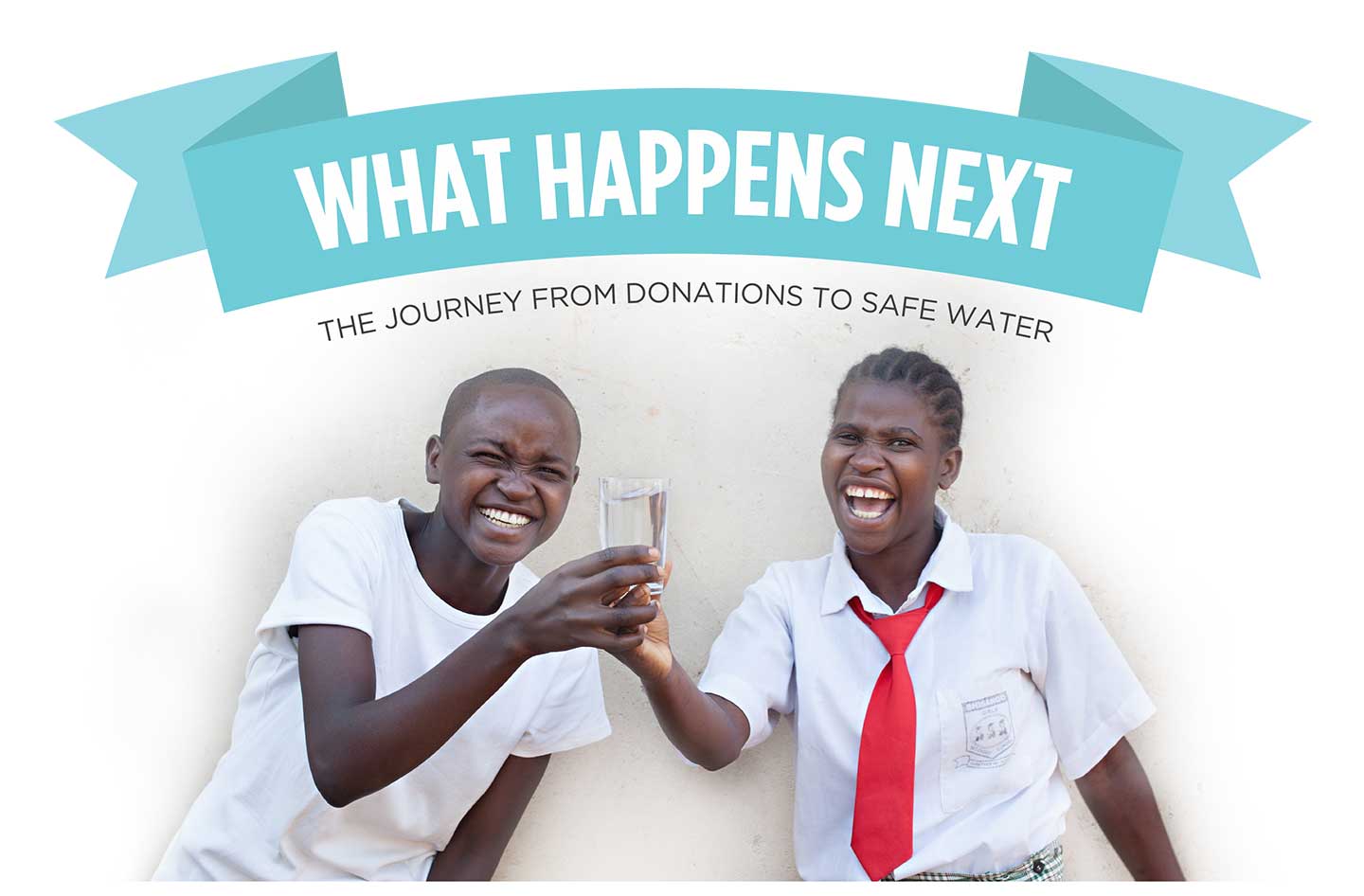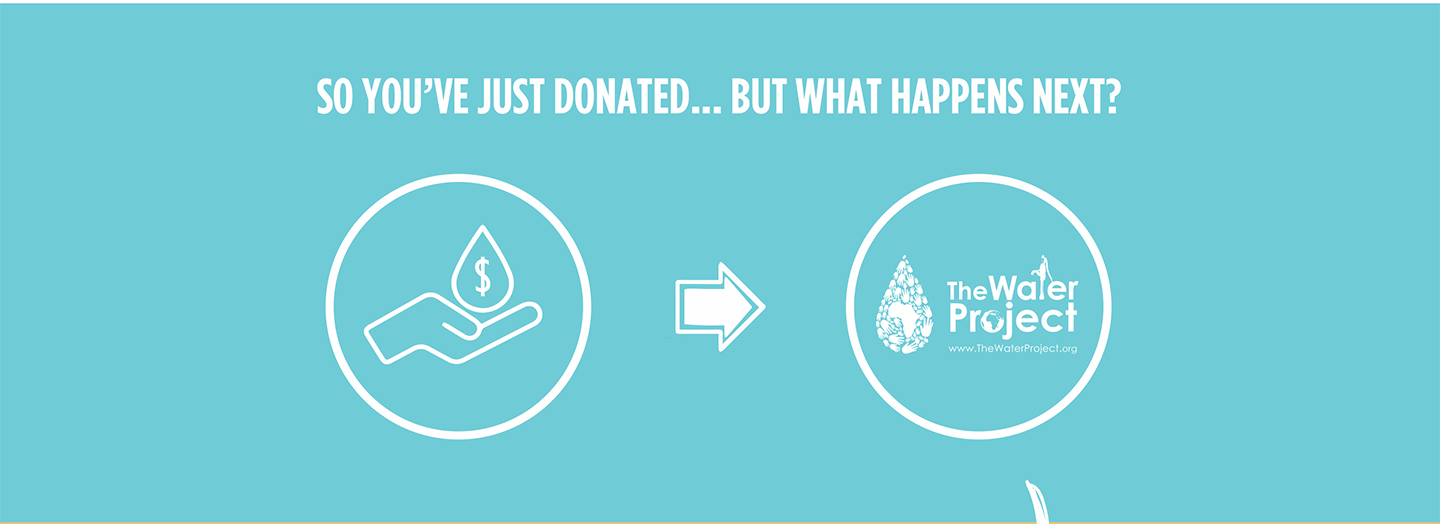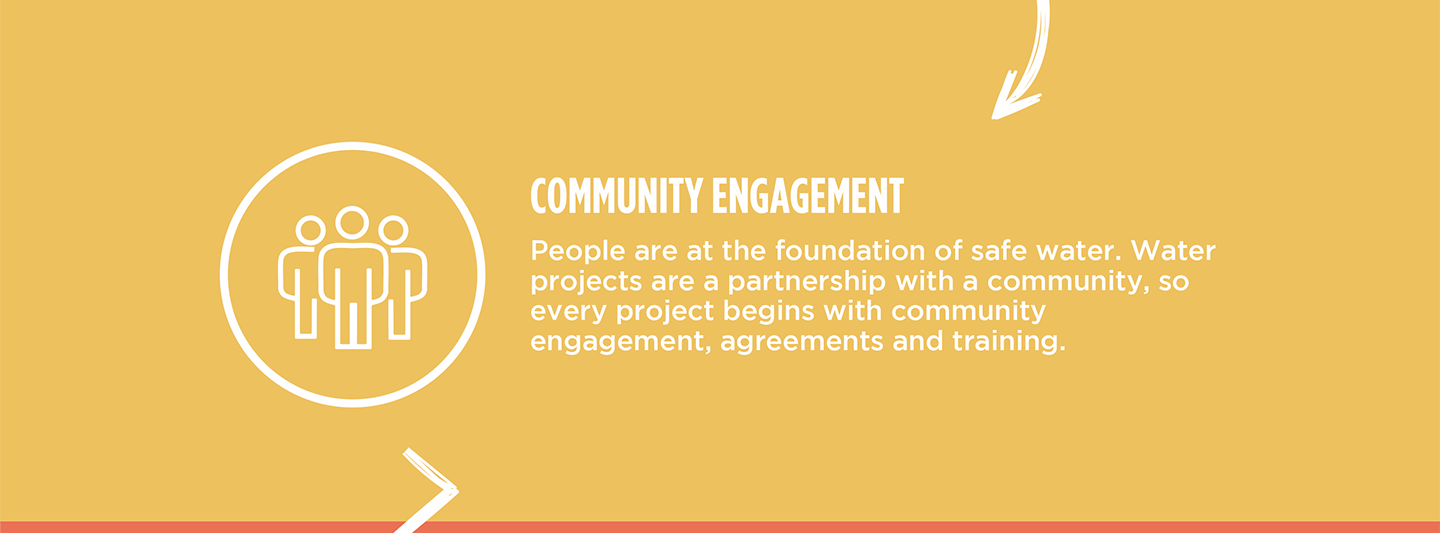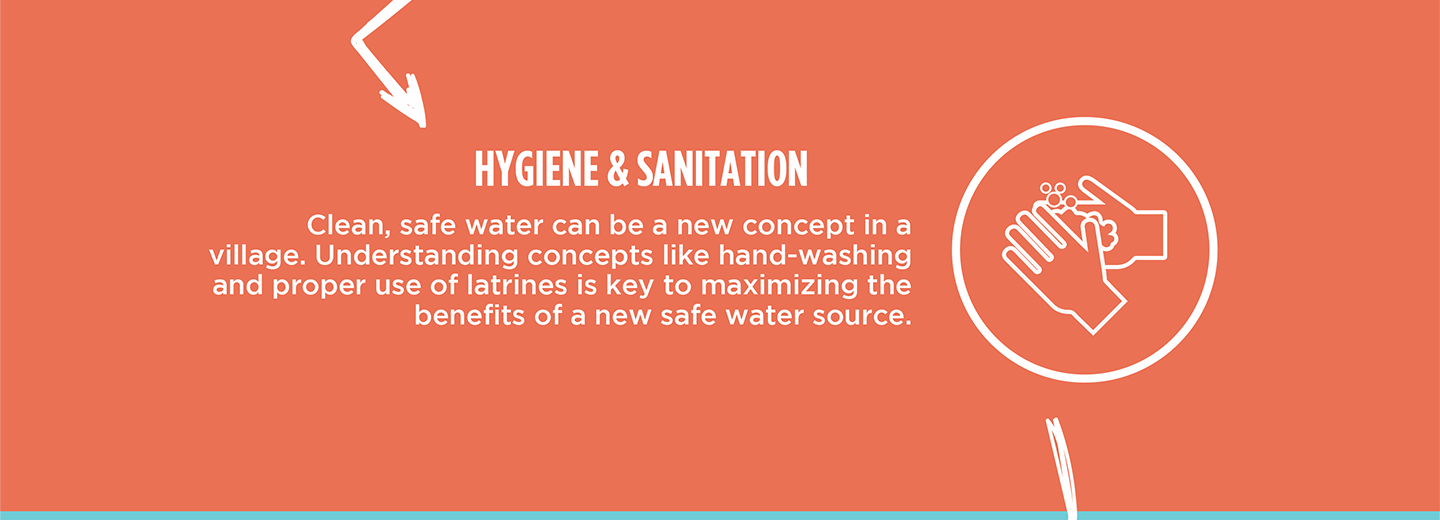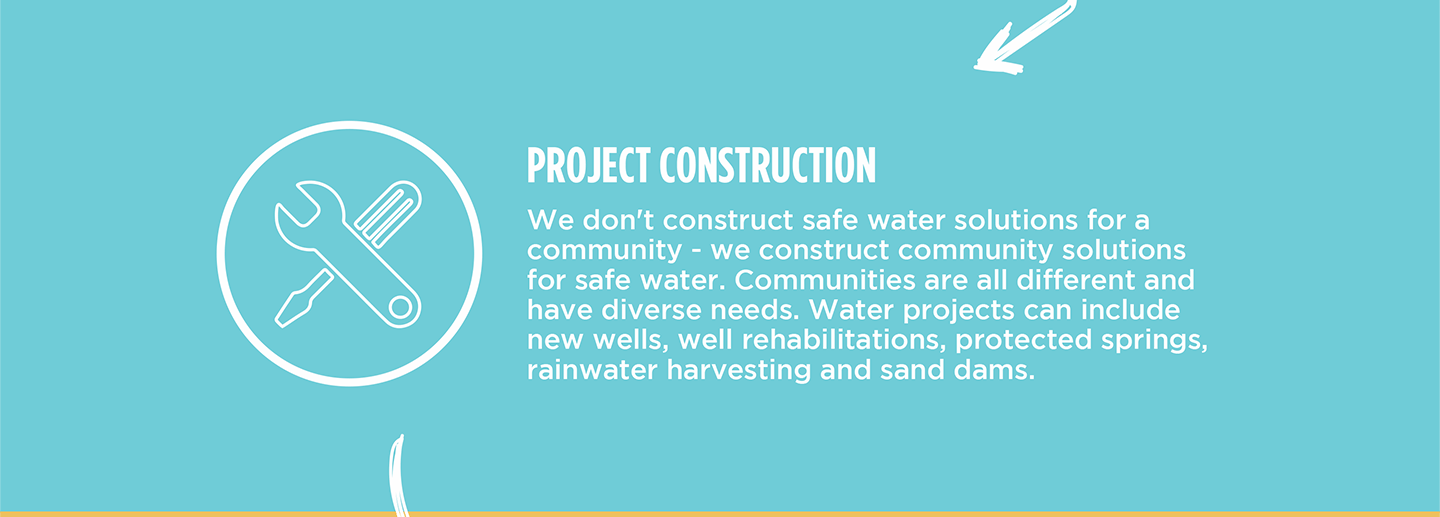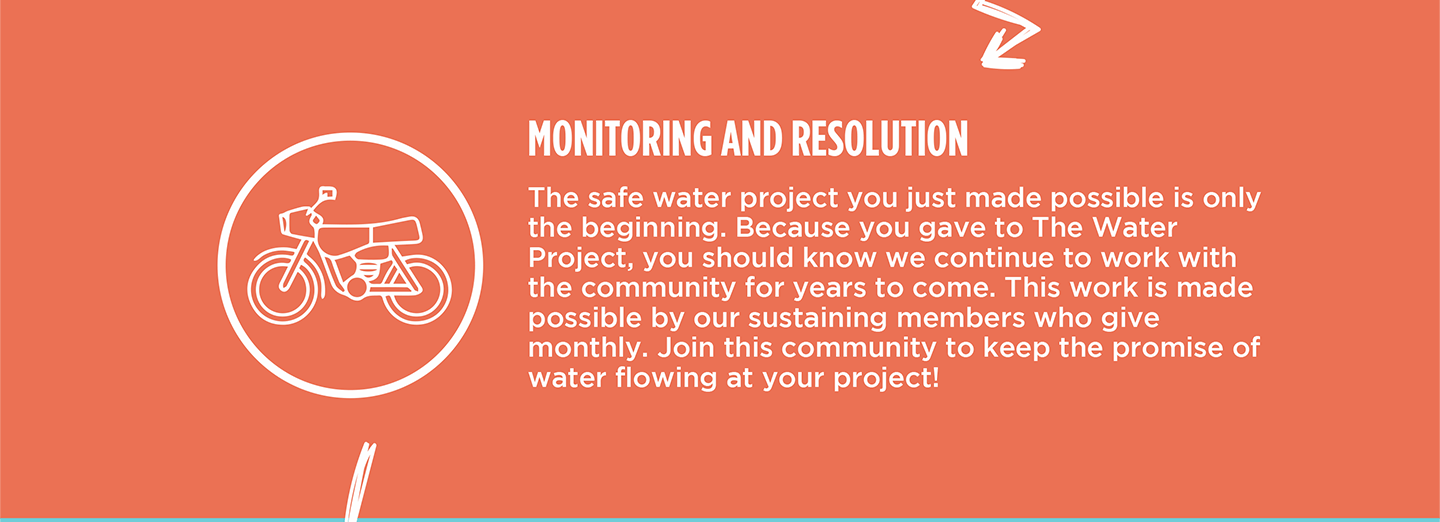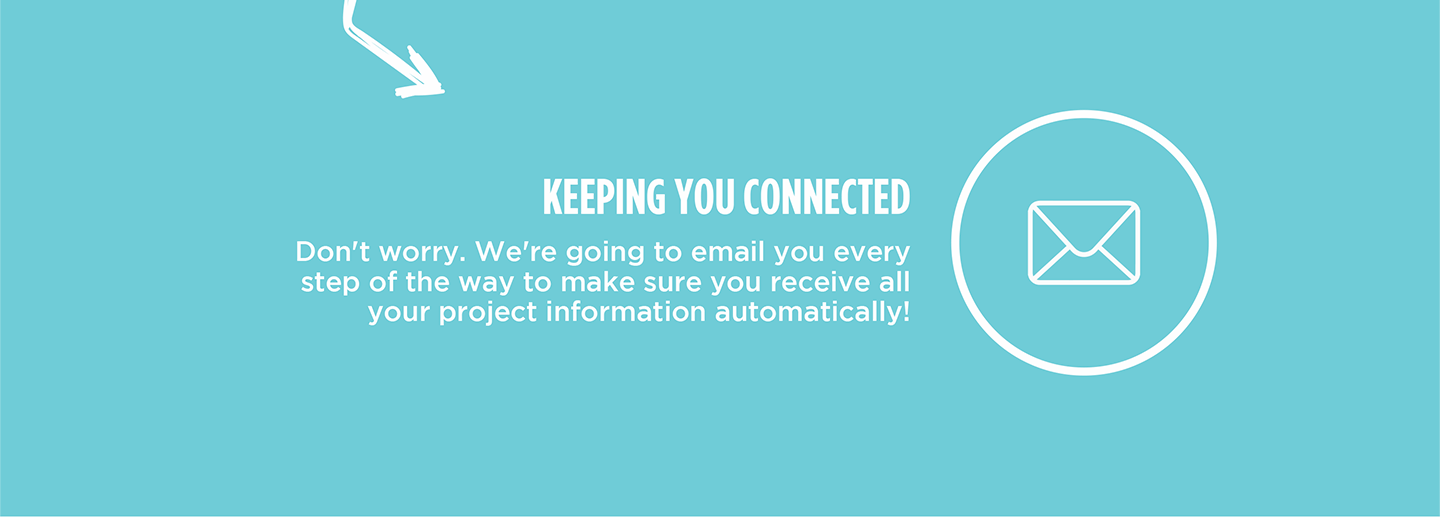The 1000 people in the Ikuyuni Community struggle to access sufficient water because they have no reliable water source nearby. Their primary water source is scoop holes of water that collect in a river bed, but community members must walk several kilometers over rocky, hilly terrain to reach them. It is an exhausting chore that consumes their time and energy and, in the end, provides them with very little water.
The water they can collect is used to fulfill their top priorities of drinking and cooking, which means other important things like proper hygiene and sanitation and farming get delayed or neglected altogether.

Sadly, since the scoop holes are not protected, the water community members work so hard to collect is often contaminated. Community members report that consuming the water causes them to suffer from frequent stomach aches and water-related infections that are expensive to treat, especially with limited incomes.
"One of my children recently had a stomach ache, and I had to take her to the dispensary. The dispensary is mostly overcrowded because they are understaffed, and my daughter was diagnosed with amoeba. I went to the nearby drugstore and got the drugs on credit because I did not have money at that time. We seek treatment from the drug store because the government-sponsored dispensary usually does not have drugs. Getting money to purchase medicine is challenging because I mostly depend on farming, which is negatively affected by poor precipitation and long periods of drought. This often happens because we mostly rely on the water from the scoop hole, which is contaminated," said 34-year-old farmer Jennifer Lingwa, shown carrying water below.

"Water is really important to use because, without it, we have to walk several kilometers in search of water. It is also impossible to get water for irrigation during the several periods of poor precipitation, which means we can not plant any crops and get income to pay bills like school fees and purchase household goods," Jennifer continued.

"I spend most of my time and energy drawing water from the scoop hole. Therefore, I am left with little time to study or do my homework. Fetching water is the main order of the day in our area. I feel so sad when I am sent to fetch water, especially after classes or during holidays, because the current water sources are far away, and I usually walk from school. I get so exhausted and unable to play soccer with my friends," said 15-year-old Solo, seen above collecting water.

"Solo really likes football and wants to be a football star in [the] future. It is a pity that he barely gets enough time to play with his friends. His parents are also adversely affected by drought and cannot raise fees for him to be in school because of the poor farm yields. I hope that the proposed project will avail enough water close to his home and improve their levels of income through farming," said our Field Officer Alex Cheruiyot.

We are grateful for Ikuyuni's community member's initiative. They approached one of our field officers while they were visiting another water project in the area, asking for help to bring clean water to their community, and after assessment, it was decided that their request should be granted.
"The community is seeking to ensure that the region has enough water because it will help them tackle water-related problems like poor farm yields, poor hygiene, and low incomes," shared Field Officer Alex Cheruiyot.
Helping to solve the water crisis in this community will take a multi-faceted system. It requires the collaboration of the sand dam and a protected dug well. They will work together to create a sustainable water source that will serve this community for years to come.
Note: Our proposed water point can only serve 300 people per day. We hope to continue working with this community to identify other water solutions that will ensure all of the people in this community have access to safe and reliable drinking water.
The Proposed Solution, Determined Together...
At The Water Project, everyone has a part in conversations and solutions. We operate in transparency, believing it benefits everyone. We expect reliability from one another as well as our water solutions. Everyone involved makes this possible through hard work and dedication.
In a joint discovery process, community members determine their most advantageous water solution alongside our technical experts. Read more specifics about this solution on the What We're Building tab of this project page. Then, community members lend their support by collecting needed construction materials (sometimes for months ahead of time!), providing labor alongside our artisans, sheltering and feeding the builders, and supplying additional resources.
Water Access for Everyone
This water project is one piece in a large puzzle. In Kenya, Sierra Leone, and Uganda, we're working toward complete coverage of reliable, maintained water sources that guarantee public access now and in the future within a 30-minute round trip for each community, household, school, and health center. One day, we hope to report that this has been achieved!
Training on Health, Hygiene & More
With the community's input, we've identified topics where training will increase positive health outcomes at personal, household, and community levels. We'll coordinate with them to find the best training date. Some examples of what we train communities on are:
- Improved hygiene, health, and sanitation habits
- Safe water handling, storage & treatment
- Disease prevention and proper handwashing
- Income-generation
- Community leadership, governance, & election of a water committee
- Operation and maintenance of the water point
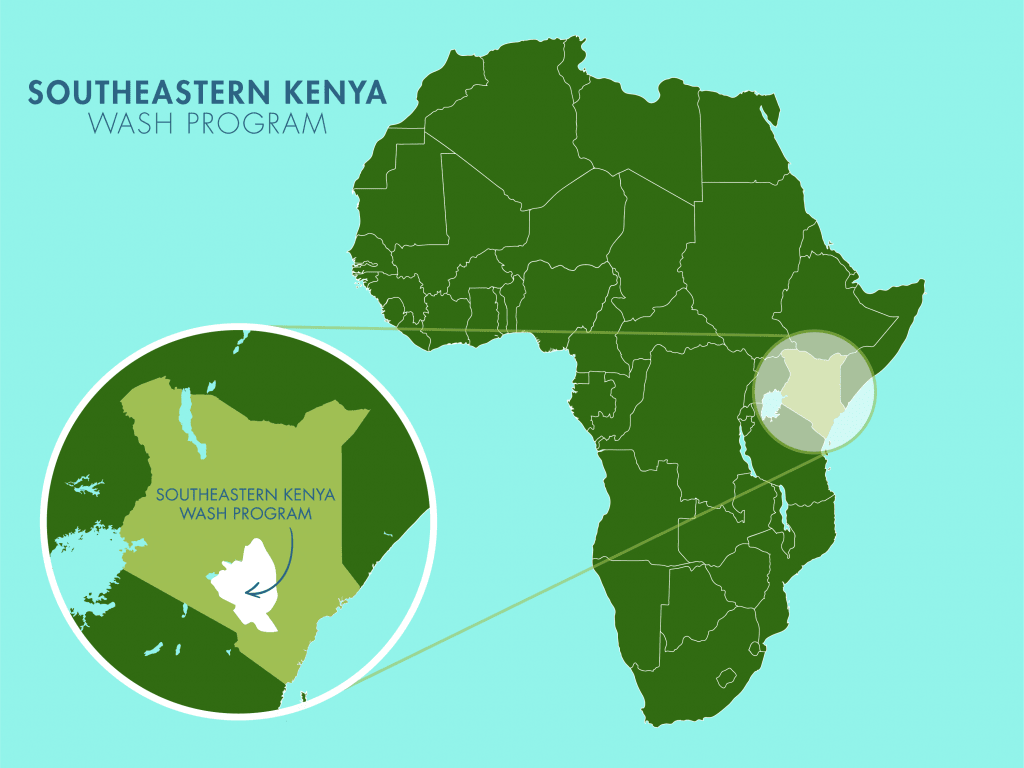
 Protected Dug Well
Protected Dug Well
 Rehabilitation Project
Rehabilitation Project

